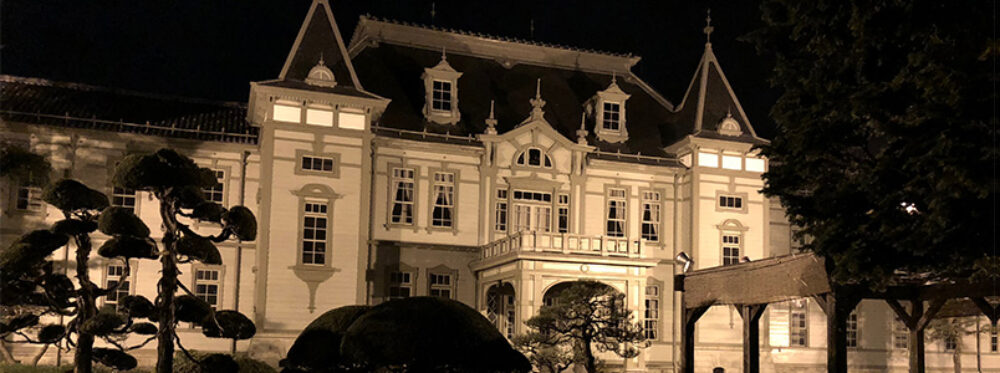by Madalina Furis, Professor of Physics and Materials Science, University of Vermont
It’s been more than three years since I first set foot on the Yamagata University (Yamadai) campus, located in Yonezawa, a beautiful Japanese town with a hundred year -old tradition in polymer science and engineering. Few of us know this is the birthplace of rayon and the white light organic light emitted diode (WOLED) invented exactly hundred years apart.
Since then, thanks to a close collaboration between a remarkable group of Yamadai scientists, passionate about organic electronics and soft matter research and researchers from our very own University of Vermont’s Materials Science program, US students will travel to Yonezawa for an eight week summer research experience under the mentorship of our Japanese friends.
Our first cohort arrives tomorrow for a two-week intensive Japanese language and lab training courses. Planning the logistics of a a program like this turned out to be a learning experience not only for me, the PI on this grant, but also for staff. This is the first IRES grant awarded at UVM since the seventies (or so the NSF website indicates). That meant negotiating housing contracts, learning differences between stipends and salaries, while trying to keep the students connected to each other and to us until the day of arrival. Students of course often remain unaware of the many logistical hurdles and hoops we jump through so we make sure they will have a good experience.

The UVM IRES participants get a chance to gain experimental skills and fundamental knowledge in all the main thrusts of electronic materials discovery
What are my hopes for this program? Educating Global Scientists is of course our main goal. Who is a global scientist and am I one of them? I’d like to think so because leading by example has always been a powerful teaching method.
As a graduate of the University of Bucharest, Romania, I am certainly aware of the significant differences that exist between learning models and academic cultures across the world. I loved studying foreign languages since I was about ten years old because I instinctively recognized them as gateways into the mysteries of other cultures. While maturing as a scientist in the American academic and research environment, I recognized the fundamental need for effectively communicating with colleagues working in Asia or Europe. They often bring distinct and interesting approaches to fundamental research problems, that could enrich our own way of thinking. Communication barriers that unfortunately prevent us from appreciating and employing these ideas are not merely originating from language: they are rather deeply routed in the often scientifically insular nature of approaching research; even when the “island” is as large as the United States. Today’s top scientist must be a sophisticated, well-educated, well-traveled individual, able to network and establish collaborations all across the globe. I can only hope we can help our students to make the first step towards becoming that.
